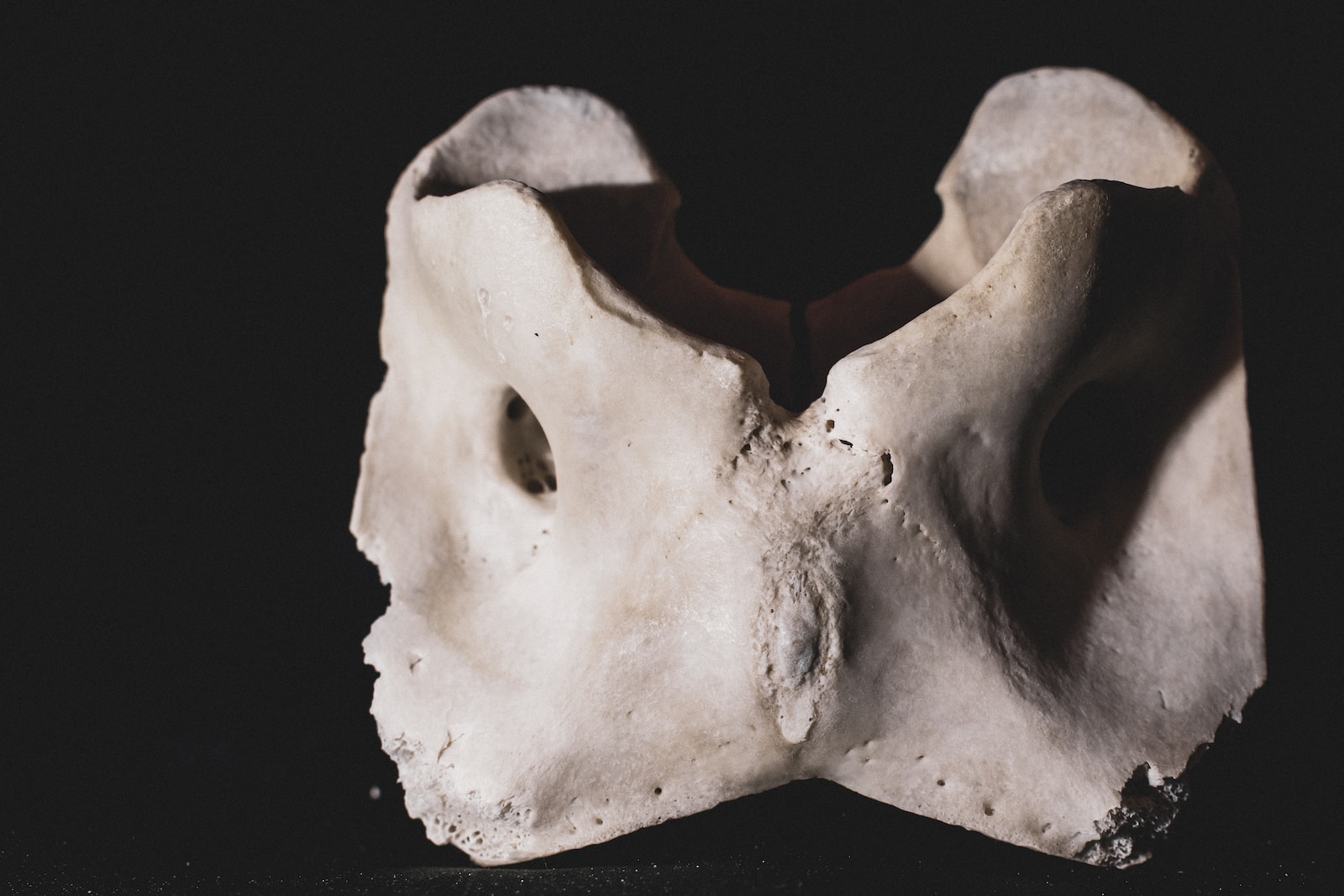Symptom – Are you experiencing Heel Pain?
Heel pain is a common foot problem that can be caused by a variety of factors. Some common causes of heel pain include plantar fasciitis, heel spurs, and tendonitis. Other potential causes of heel pain include stress fractures, nerve irritation, and arthritis.
Plantar fasciitis is a common cause of heel pain and is characterized by inflammation of the plantar fascia, a band of tissue that runs along the bottom of the foot. This condition is often caused by overuse or improper footwear, and can be treated with rest, ice, stretching exercises, and shoes with good arch support.
Heel spurs are bony growths that develop on the heel bone, and they can cause pain when they rub against the ground or against other tissues in the foot. Heel spurs are often associated with plantar fasciitis, and treatment may involve a combination of rest, stretching, and the use of inserts or orthotics to correct any underlying structural issues.
Tendonitis is another common cause of heel pain and occurs when the tendons that attach the muscles of the foot to the bone become inflamed. This condition is often caused by overuse or improper footwear, and treatment may involve rest, ice, stretching, and the use of inserts or orthotics to correct any underlying structural issues.
If you are experiencing heel pain, it is important to see a doctor or a podiatrist to determine the cause of your pain and to receive proper treatment. Treatment will depend on the underlying cause of your heel pain and may include rest, ice, stretching, and the use of inserts or orthotics. In some cases, surgery may be necessary to correct the problem.
What causes inner Heel Pain?
There are many potential causes of heel pain. Some common causes include:
- Plantar fasciitis: This is a common cause of heel pain and is characterized by inflammation of the plantar fascia, a band of tissue that runs along the bottom of the foot. Plantar fasciitis is often caused by overuse or improper footwear, and it can be treated with rest, ice, stretching, and shoes with good arch support.
- Heel spurs: These are bony growths that develop on the heel bone, and they can cause pain when they rub against the ground or against other tissues in the foot. Heel spurs are often associated with plantar fasciitis, and treatment may involve a combination of rest, stretching, and the use of inserts or orthotics to correct any underlying structural issues.
- Tendonitis: This occurs when the tendons that attach the muscles of the foot to the bone become inflamed. Tendonitis is often caused by overuse or improper footwear, and treatment may involve rest, ice, stretching, and the use of inserts or orthotics to correct any underlying structural issues.
- Stress fractures: These are small cracks in the bone that can occur as a result of overuse or impact. Stress fractures can be treated with rest and the use of inserts or orthotics to take pressure off the affected area.
- Nerve irritation: The nerves in the foot can become pinched or compressed, leading to heel pain. Treatment may involve rest, ice, and the use of inserts or orthotics to correct any underlying structural issues.
- Arthritis: This is a degenerative joint condition that can cause pain and inflammation in the heels. Treatment may involve medications, physical therapy, and the use of inserts or orthotics to reduce pressure on the affected joints.
If you are experiencing heel pain, it is important to see a doctor or a podiatrist to determine the cause of your pain and to receive proper treatment. Treatment will depend on the underlying cause of your heel pain and may include rest, ice, stretching, and the use of inserts or orthotics. In some cases, surgery may be necessary to correct the problem.
How to treat your Heel Pain?
There are several ways to treat heel pain, depending on the underlying cause of the pain. Some general treatment options include:
- Rest: Taking a break from activities that put pressure on your heels can help alleviate pain and inflammation.
- Ice: Applying ice to the affected area for 15-20 minutes at a time can help reduce inflammation and numb the area, providing some relief from pain.
- Stretching: Stretching exercises can help improve flexibility and reduce tension in the muscles and tendons of the foot and ankle, which can help reduce heel pain.
- Orthotics: Using inserts or orthotics can help correct any underlying structural issues that may be contributing to heel pain, such as overpronation or flat feet.
- Medications: Nonsteroidal anti-inflammatory drugs (NSAIDs) such as ibuprofen can help reduce inflammation and pain. Your doctor may also prescribe stronger medications if needed.
- Physical therapy: Working with a physical therapist can help improve flexibility, strength, and overall function in the foot and ankle, which can help reduce heel pain.
- Surgery: In rare cases, surgery may be necessary to correct the underlying problem causing heel pain.
It is important to see a doctor or a podiatrist to determine the cause of your heel pain and to receive proper treatment. Treatment will depend on the underlying cause of your heel pain and may involve a combination of the above treatment options.






